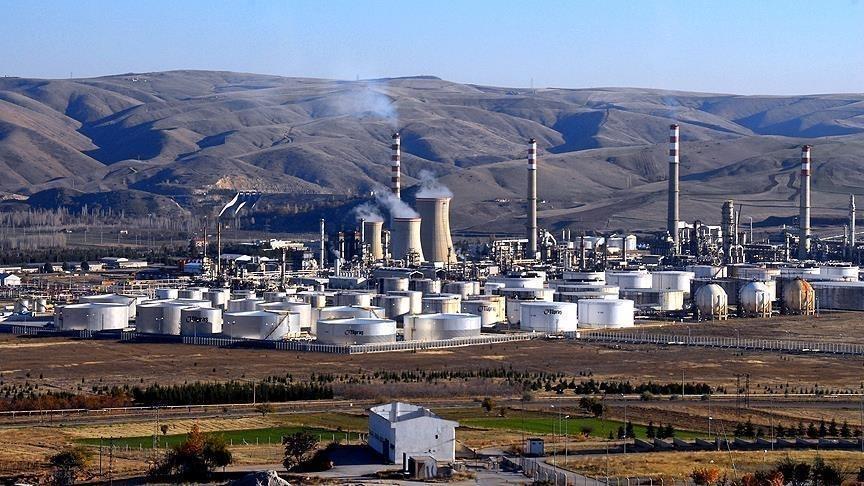Oil prices increased on Thursday with expectations that the OPEC+ group might postpone production increase, recession concerns in the US economy and interest rate cuts from the US Federal Reserve (Fed), and data indicating a fall in US crude oil inventories.
International benchmark Brent crude increased 0.55% to $73.02 per barrel at 10.32 a.m. local time (0732 GMT), up from the previous session’s close of $72.62.
US benchmark West Texas Intermediate (WTI) rose 0.47% to $69.19 per barrel, after closing at $68.86 in the prior session.
Oil prices rose amid rising prospects that the OPEC+ group, which consists of OPEC and some non-OPEC producing countries, might postpone the production increase planned to start in October.
The expectation feeds the supply concerns of market players and supports the upward movement of oil prices.
Concerns that the US economy might cool faster than expected also continue to support upward price movements by contributing to the rise in risk perception in the oil market.
Meanwhile, it is considered certain that the Fed will cut interest rates by 100 basis points by the end of the year, estimates that it might cut interest rates by 50 basis points in September have increased to 45%.
Growing expectations that the Fed will cut interest rates this month lent upward support to prices, as a rate cut would likely weaken the US dollar against other currencies, positively impacting oil demand.
The US dollar index fell by 0.10% to 101,27 at 10.22 a.m. local time (0722 GMT), compared to the previous trading session.
On the other hand, the American Petroleum Institute (API) data showed a 7.4 million barrel fall in US crude oil inventories, against the market prediction of a 900,000 barrel draw.
The fall in US commercial crude oil reserves supported upward price movements by reflecting market perceptions of stronger domestic demand. If the Energy Information Administration (EIA) confirms a fall in crude oil inventories later in the day, prices are likely to rise further.

